Apple Screen Time Not Working? Try These 19 Easy Fixes
Screen Time suddenly stops enforcing limits, skips downtime, or fails to show correct app usage—even though all the settings seem right. This problem means that Apple’s Screen Time feature is not setting limits, sharing data, or showing accurate usage information across your devices.
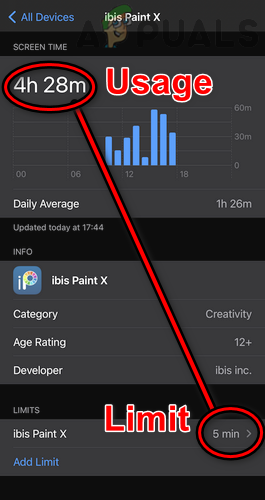
The most common reason is a lasting iOS software problem (especially in iOS 17 and 18). Other frequent causes include Low Power Mode, problems with the “Share Across Devices” option, or issues caused by Screen Time passcodes or MDM (Mobile Device Management) profiles.
Now that you know the causes, let’s discuss the solutions.
1. Force Restart the Devices
A temporary communication glitch between the Screen Time devices (like between the parent and child devices) can stop Screen Time from working right. Force restarting all involved devices can often resolve this. Before you begin, make sure the child isn’t using any tricks to bypass Screen Time.
- Power off all relevant devices (parent/guardian and child’s phones, plus any Macs), and wait for 5 minutes.
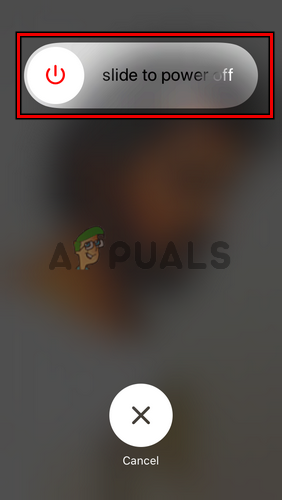
Slide to Power Off the iPhone - Next, power on the parent’s/guardian’s device and wait 5 minutes.
- Now power on the child’s device (or devices, one by one). Check if Screen Time is now working as intended.
- If not, on the iPhone, press and quickly release the volume up button.
- Then press and quickly release the volume down button.
- Now, press and hold the side button until the Apple logo appears.
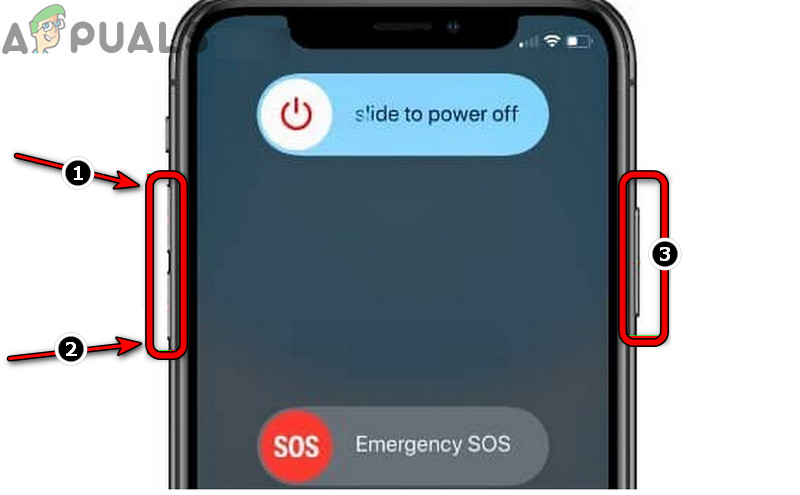
Force Restart the iPhone - Release the side button once you see the Apple logo. Repeat steps 4–6 for other devices as needed.
- After completing the restarts, check if Screen Time is now working properly.
2. Update the Devices’ OS to the Latest Version
If the OS on any device (parent/guardian or child) is outdated, incompatibility issues between devices can prevent Screen Time from applying rules correctly. Updating to the latest version of the operating system often solves this.
- Make sure your iPhone is fully charged and preferably connected to Wi-Fi.
- Open Settings, then tap General.
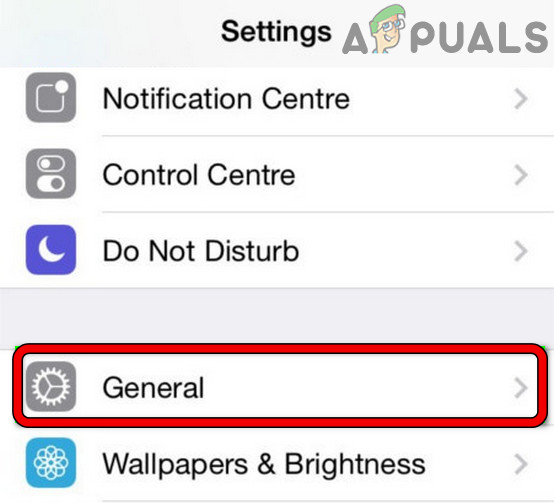
Open General Settings of iPhone - Tap Software Update. If an update is available, download and install it.
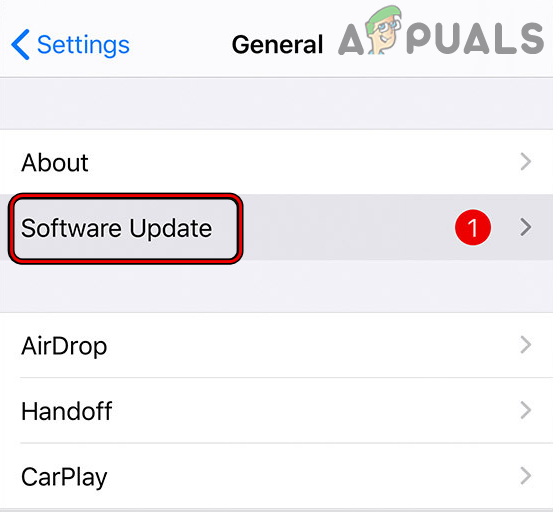
Update Software of iPhone - When finished, restart your iPhone, and make sure you also update the OS on any other related devices.
- Check if Screen Time now works correctly.
3. Update the Apps on the Device to the Latest Version
If a specific app (like Chrome) is out of date, it may not work with Screen Time properly. Updating the app can usually fix this.
- Open the Apple App Store and tap your profile icon.
- Scroll down to the updates section and tap Update All, or just update the problematic app.
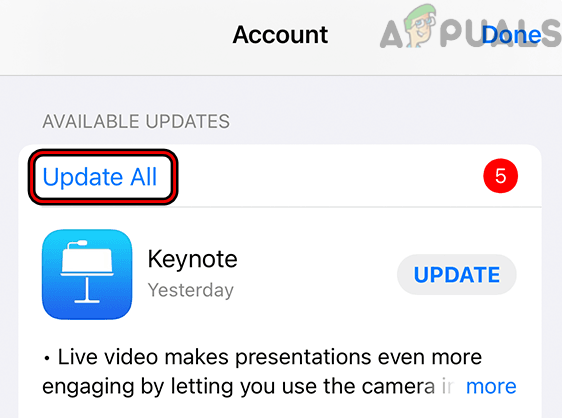
Update All Apps on an iPhone - After updating, restart your phone. Check if Screen Time is now working.
4. Disable Low Power Mode on the Devices
Low Power Mode on Apple devices restricts non-essential background functions, including some Screen Time activities. Turning off Low Power Mode can often restore full Screen Time functionality.
- Open Settings and tap Battery.
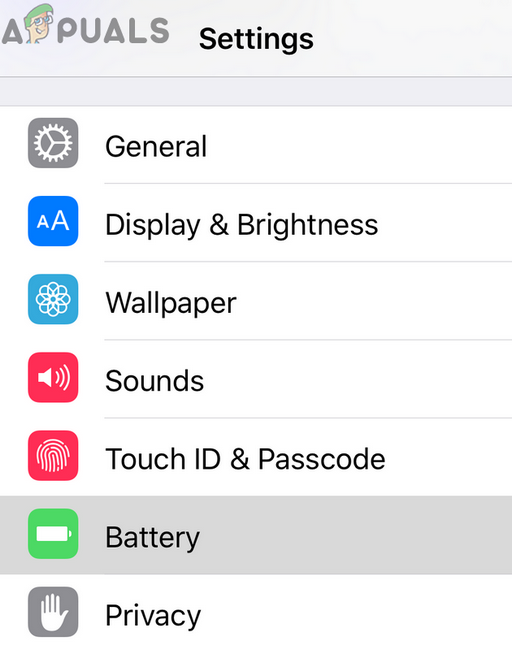
Open Battery in iPhone Settings - Turn off Low Power Mode by toggling the switch, and disable Low Power Mode on other devices if needed.
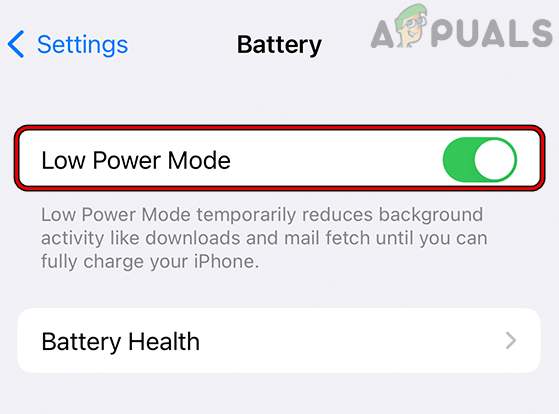
Disable Low Power Mode of the iPhone - Check if Screen Time is now working as it should.
5. Disable the Share Across Devices Feature in Screen Time
The Share Across Devices setting causes all devices signed in with the same iCloud account to share the same Screen Time configuration. Sometimes, this can confuse Screen Time, especially if it treats a child’s device as a parent’s. Disabling this setting may fix the issue.
- Open Settings and select Screen Time.
- Turn off Share Across Devices, then restart your device.
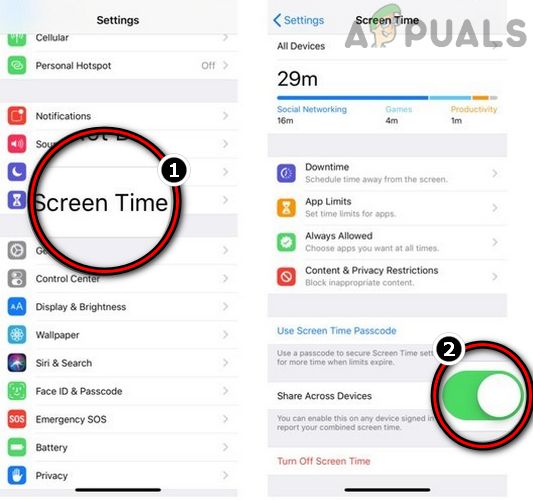
Disable Share Across Devices of the Apple Screen Time - Repeat the process on other devices and check if Screen Time functions as expected.
6. Disable and Enable Apple Screen Time
A temporary issue with Screen Time can sometimes be resolved by turning the feature off and then turning it back on.
- Open Settings and select Screen Time.
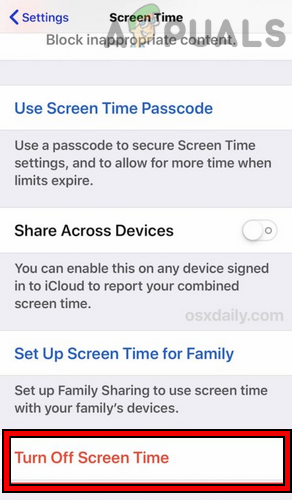
Turn Off Screen Time on the iPhone - Tap Turn Off Screen Time and confirm. (Note: This will erase all previous Screen Time data and configurations.)
- Restart your iPhone and other involved devices.
- After rebooting, enable Screen Time again and check if the problem is fixed.
- If you still have issues, disable Screen Time again and force restart your iPhone (see above).
- Turn Screen Time back on and check if it’s working.
- If not, on the parent’s device, go to Settings > Screen Time, tap the child’s name, and turn Screen Time off for them.
- On the child’s device, go to Settings, tap the child’s Apple ID, scroll down, and tap Sign Out. Confirm sign out.
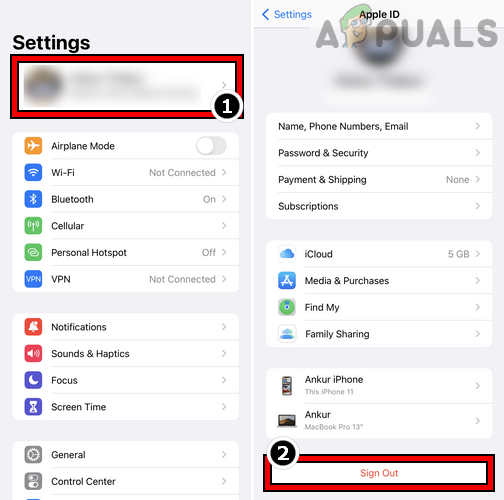
Sign Out of the Apple ID on the iPhone - Power off the child’s device, wait 5 minutes, and power it back on. Go to Settings and sign back in to the Apple ID.
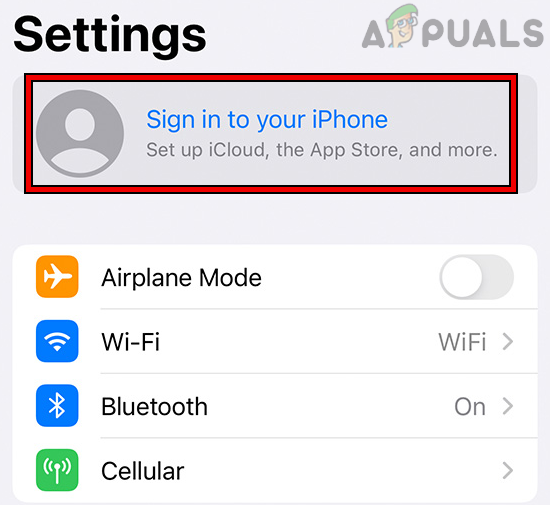
Sign in to Your iPhone - On the parent device, set up Screen Time for the child again. Check if Screen Time works correctly now.
7. Remove the Guardian/Child from Blocked Contacts
If the parent or child has blocked the other person using an Apple service (like FaceTime), Screen Time rules might not sync correctly. Apple may treat the blocked relationship as one where monitoring isn’t trusted or needed. Removing each other from Blocked Contacts can help.
- Open Settings and select FaceTime.
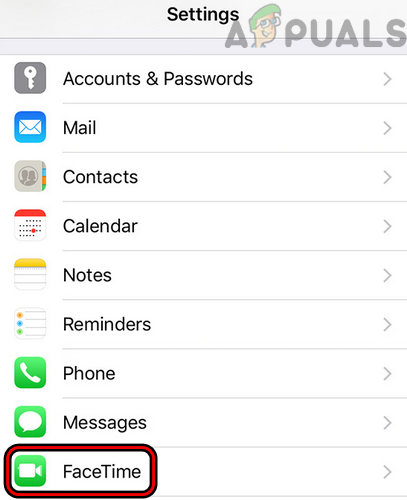
Open FaceTime in the iPhone Settings - Tap Blocked Contacts, then swipe left on the person’s contact.
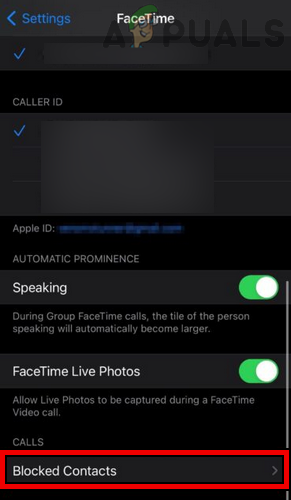
Open Blocked Contacts on FaceTime - Tap Unblock, and restart your iPhone.
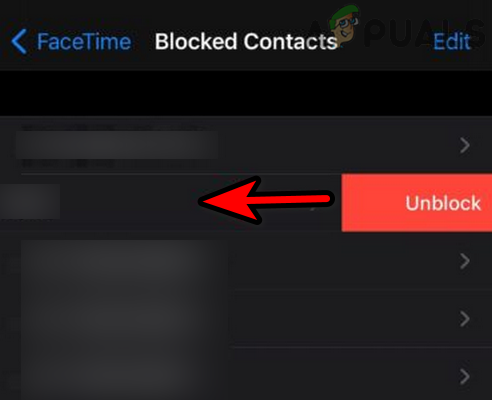
Unblock Contact on FaceTime - Unblock the other person on all other devices as needed, then check Screen Time again.
8. Enable “Block at End of Limit” in Screen Time
If you have set an app limit but Screen Time only gives a “time’s up” warning and does not actually block the app, make sure “Block at End of Limit” is enabled.
- Go to Settings > Screen Time.
- Tap App Limits and select the app you’re concerned about.
- Switch on Block at End of Limit.
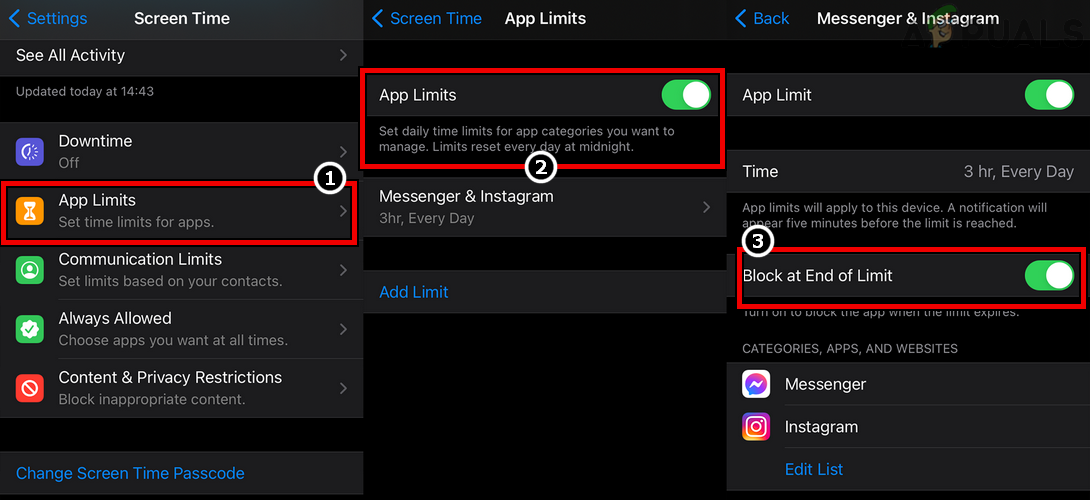
Enable Block at End of Limit for the Particular Apps in Screen Time - Restart all devices, then check Screen Time again.
9. Rename the Child’s Device
If a child’s device was restored from an old backup, an outdated device name can confuse Screen Time. Renaming the device is a simple fix.
- On the child’s device, go to Settings > General.
- Tap About, then Name.
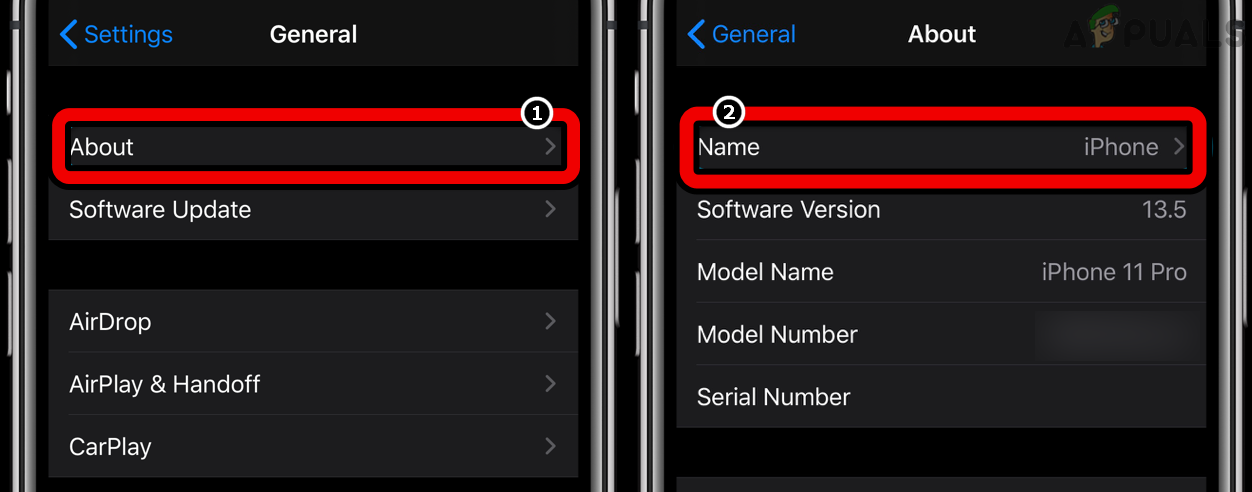
Change the Name of the iPhone - Delete the old name, enter a new name, and tap Done.
- Restart both parent and child devices, then test if Screen Time is fixed.
10. Clear the Browser History
If Screen Time displays excessive use for a particular website, your browser history may be causing issues. Clearing it can help.
- Open Settings, then tap Safari.
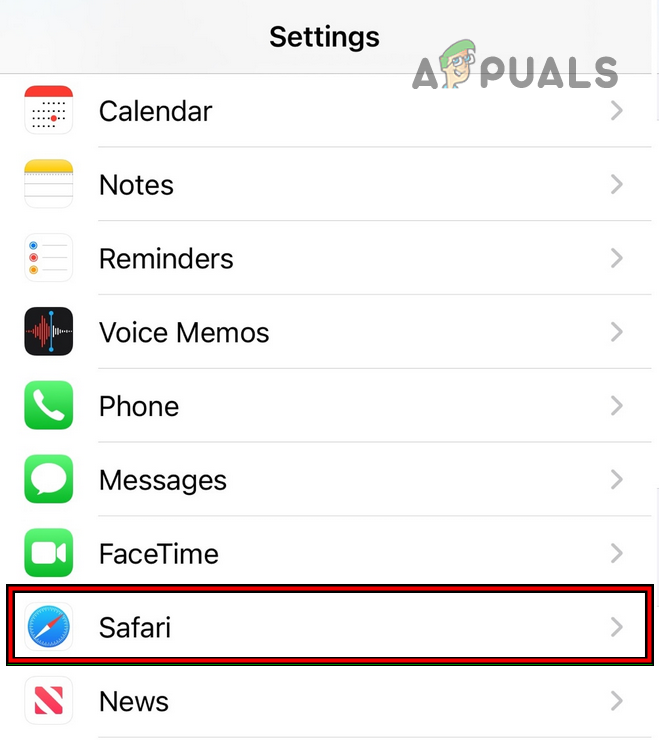
Open Safari in iPhone Settings - Tap Clear History and Website Data.
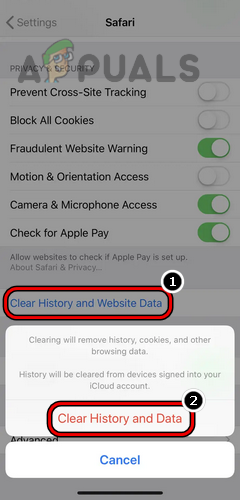
Clear History and Website Data of Safari on iPhone - Confirm when prompted.
- Check if Screen Time is reporting usage correctly. If not, try clearing history in other browsers (like Chrome).
11. Enable Screen Time Integration in Chrome
If Chrome isn’t showing up correctly or being managed by Screen Time, you might need to manually enable its Screen Time integration.
- Open the Chrome app and visit:
chrome://flags/
- Search for screentime and enable Enables ScreenTime Integration.
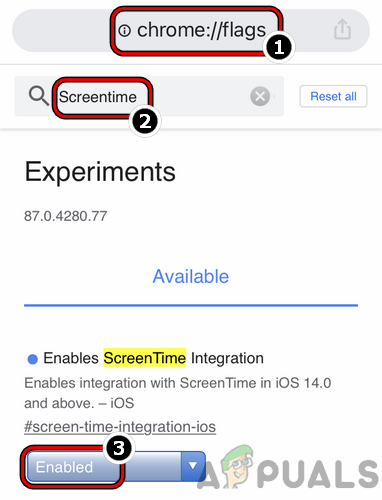
Enables ScreenTime Integration in the Chrome Flags - Restart Chrome, then check if Screen Time is managing the browser as expected.
12. Disable and Re-enable “Ask to Buy” in Family Sharing
If you use Family Sharing for managing Screen Time on a child’s device, a hiccup in Family Sharing authentication could cause issues. Disabling and re-enabling “Ask to Buy” often refreshes the connection.
- Go to Settings and tap your username.
- Open Family Sharing and select your child’s name.
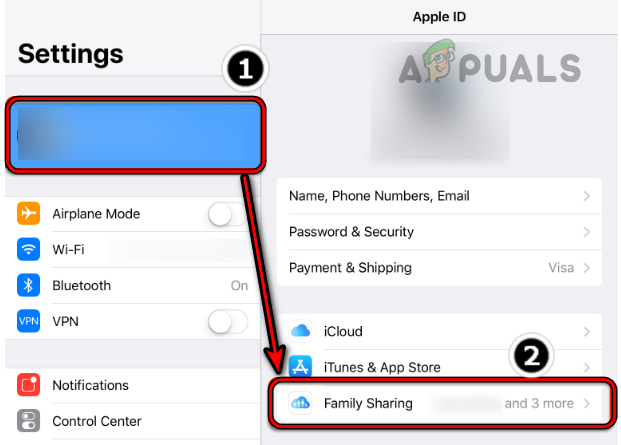
Open Family Sharing on the iPhone - Turn Ask to Buy off (toggle the switch), then repeat for other child accounts as needed.
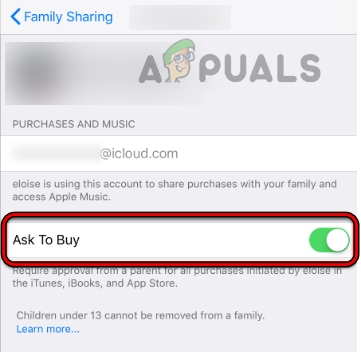
Disable Ask to Buy for the Family Member in the iPhone’s Family Sharing - Restart your iPhone, then turn Ask to Buy back on. See if Screen Time works as expected.
13. Set Date and Time to Automatic and Enable Block at Downtime
If your child’s device has the date or time set manually, Screen Time may not function properly. Setting time automatically fixes this. Also, make sure “Block at Downtime” is enabled, so apps are actually blocked and not just grayed out.
- Open Settings, then General.
- Tap Date & Time and make sure Set Automatically is turned on.
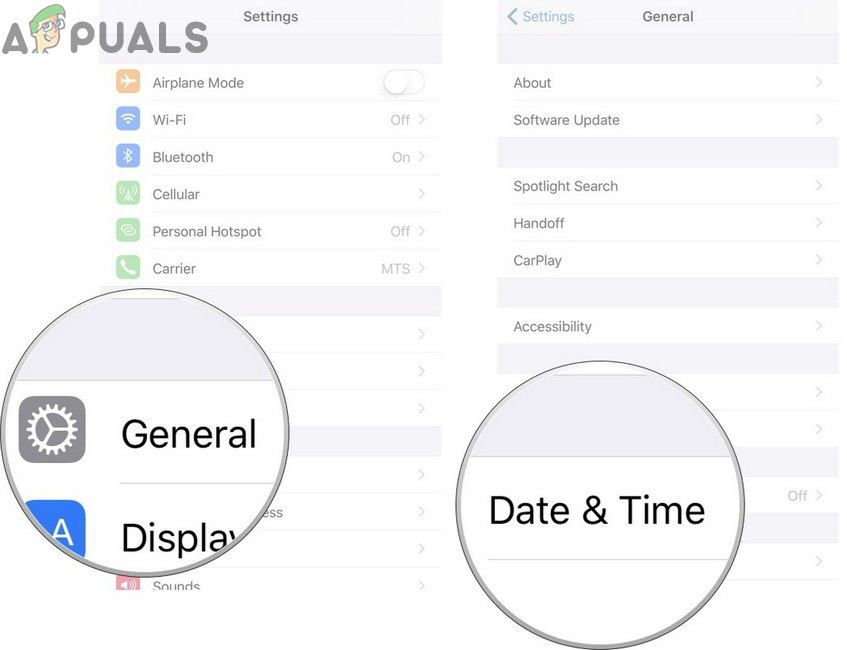
Open Date and Time Settings on Your iPhone - Go back to Screen Time in Settings, tap your family member’s name.
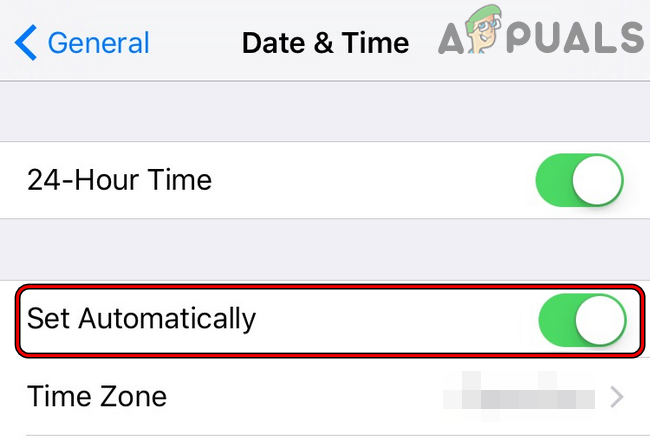
Enable Set Automatically for iPhone’s Date & Time - Tap on Set Screen Time Passcode and set a new code if you haven’t already.
- Open Downtime and make sure Block at Downtime is enabled.
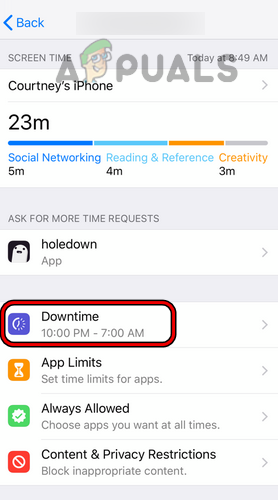
Open Downtime in the Screen Time Settings - Wait a few minutes to let the changes take effect, then check if Screen Time is working.
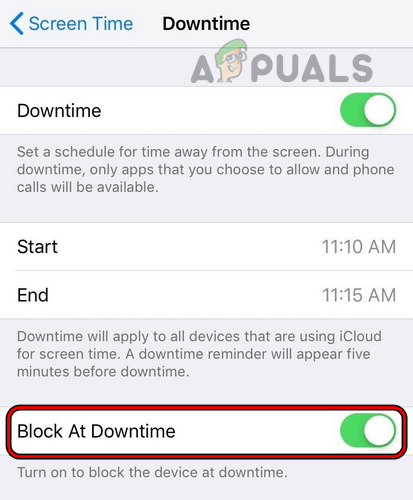
Enable Block at Downtime in the Screen Time Settings - If it still does not work, go to Screen Time in Settings and turn Downtime off. Check again.
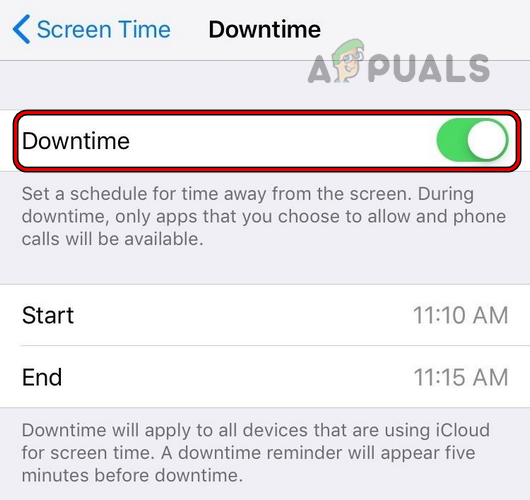
Disable Downtime of the Screen Time
14. Remove Problematic Apps from the “Always Allowed” List
If an app is on the “Always Allowed” list, Screen Time rules (including Downtime) won’t apply to it. Remove problematic apps from this list to ensure they’re properly restricted.
- On the parent/guardian’s device, open Settings > Screen Time.
- Select Always Allowed and unselect any apps you want to restrict.
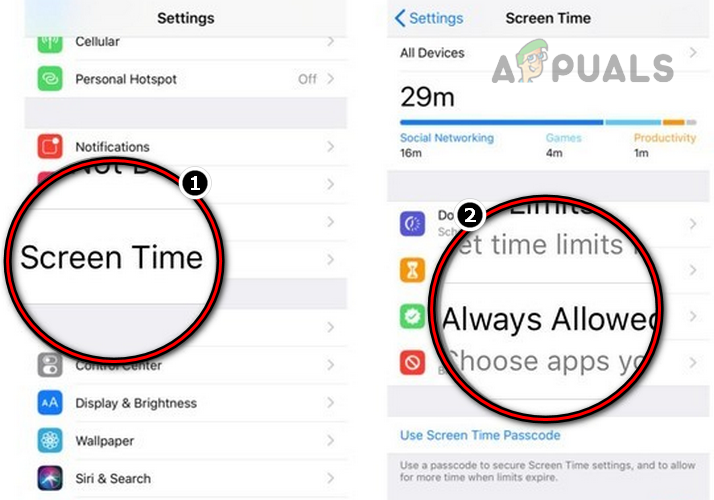
Enable Always Allowed in the Screen Time Settings - Tap Back and check if Screen Time works now.
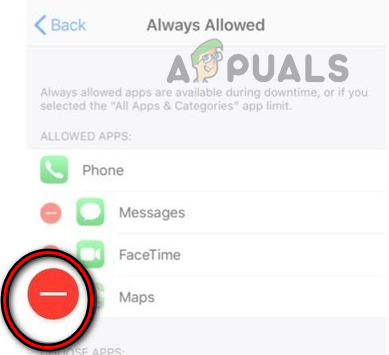
Remove Problematic Apps from the Always Allowed List of the Screen Time - If necessary, go to the child’s device, open Screen Time’s Always Allowed, approve all apps you want to block, go back, then remove those apps from Always Allowed.
- If the problematic app is still not blocked, try uninstalling the app (for example, Chrome) and blocking the App Store to prevent reinstalling.
15. Use App Limits to Manage Problematic Apps
If Downtime or category-based blocking isn’t working, setting specific app limits might be the solution.
- Go to Settings > Screen Time.
- Select App Limits, then tap Add Limit.
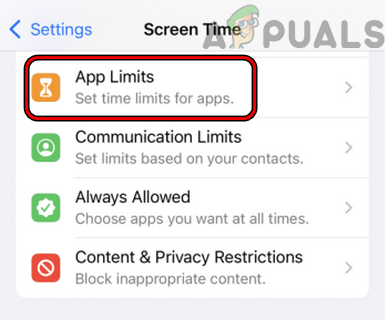
Open App Limits in the Screen Time - Select the apps you want to limit. You may need to look under specific categories. If you can’t find the app, see the steps below.

Open Add Limit in the App Limits of the Screen Time - Set the allowed time for that app, then tap Add. Repeat for other problematic apps.
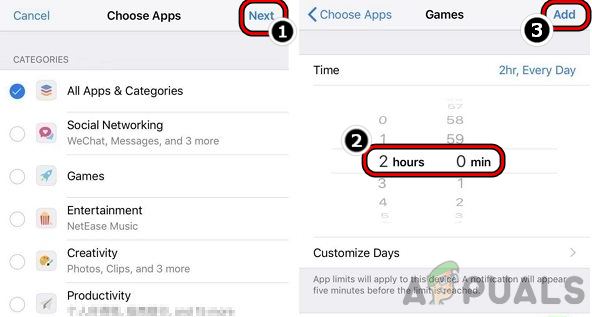
Add App Limits to the Screen Time - If the app isn’t listed, go to Screen Time > tap child’s name > See All Activity > Most Used.
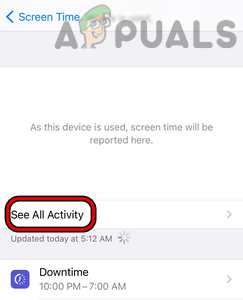
Open See All Activity in the Screen Time - If found, tap Add Limit and follow instructions.
- If you still can’t find it, tap Add Limits, pull down to reveal the search bar, and search for the app.
- If even that fails, try lowering the age limit under App Restrictions (e.g., from 12 years to 4 years).
16. Use Content & Privacy Restrictions in Screen Time
If other Screen Time settings aren’t working, try using Content & Privacy Restrictions for stricter control.
- Open Settings > Screen Time.
- Select Content & Privacy Restrictions. Under Allowed Apps, disable any apps you want hidden.
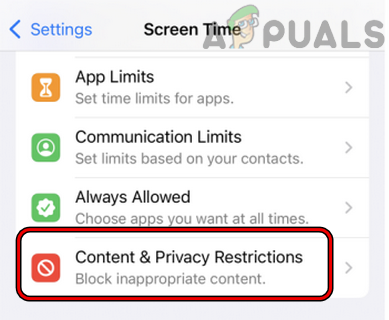
Open Content & Privacy Restrictions in the Screen Time - Under Content Restrictions > Apps, choose Don’t Allow Apps. (Apps will be hidden, not deleted.)
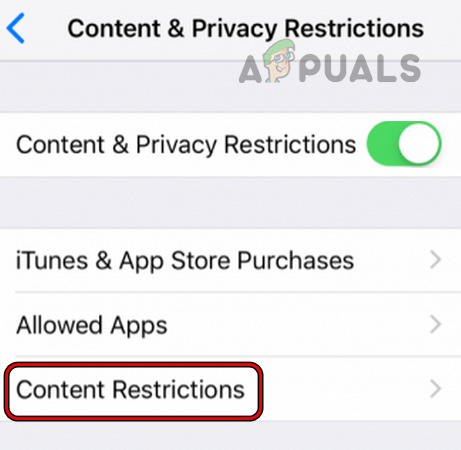
Open Content Restrictions in the Screen Time Settings - If the issue is fixed, you can enable apps one at a time as needed. If not, try specifically blocking a problematic app or website (like TikTok).
- To block certain sites, go to Content Restrictions > Web Content > Allowed Websites Only. Add the sites you wish to allow or block.
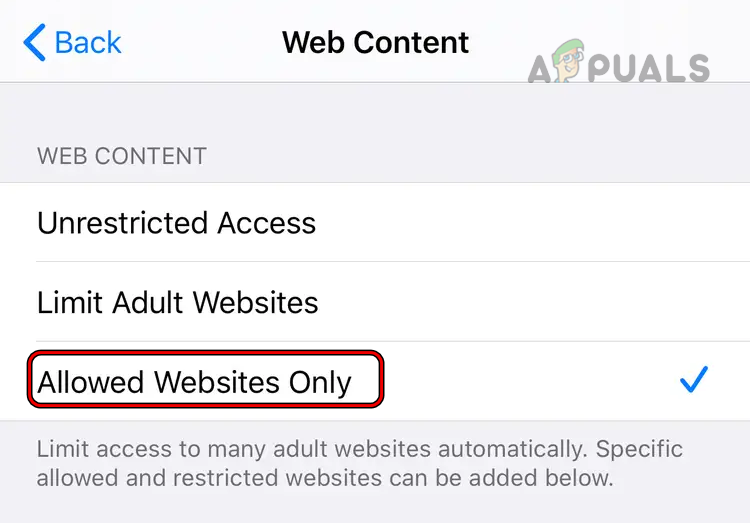
Enable Allowed Websites Only in the Web Content of the Screen Time
17. Re-log into iCloud
Screen Time relies on iCloud to sync data between devices. If iCloud is not functioning correctly, Screen Time won’t either. Signing out and back in can help.
- On the child’s device, open Settings, then iCloud.
- Tap Sign Out and confirm.
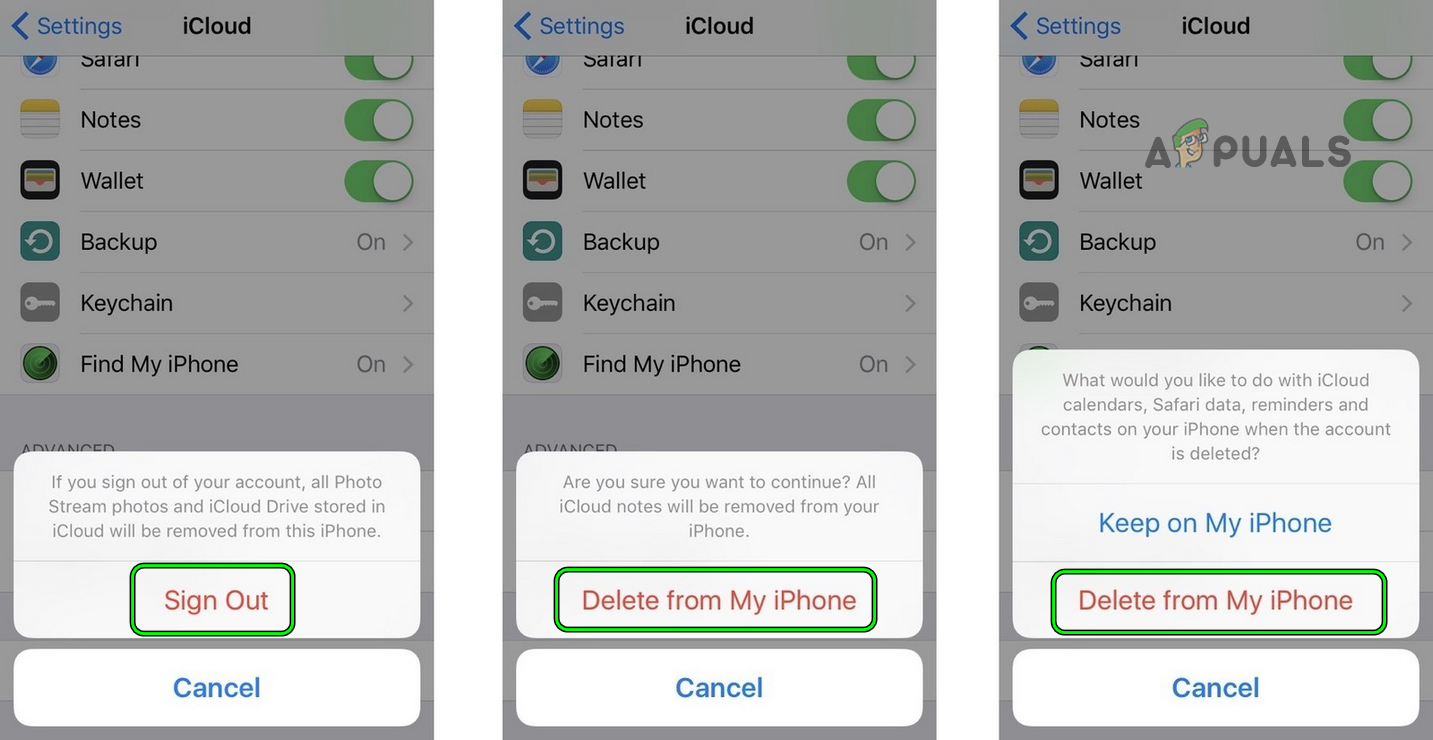
Sign Out of iCloud on iPhone - Choose to Keep Data on the iPhone.
- Wait a few minutes, then restart the device.
- After restart, sign back in to iCloud and choose Merge Data if prompted.
- Check if Screen Time works. If not, repeat the log out/in process on the parent device.
18. Re-pair the Apple Watch with the iPhone
If Screen Time isn’t functioning on an Apple Watch, the issue might be with the connection between the watch and its paired iPhone. Re-pairing the devices can help. Make sure both devices are fully charged and close to each other.
- On the iPhone, open the Watch app and tap All Watches.
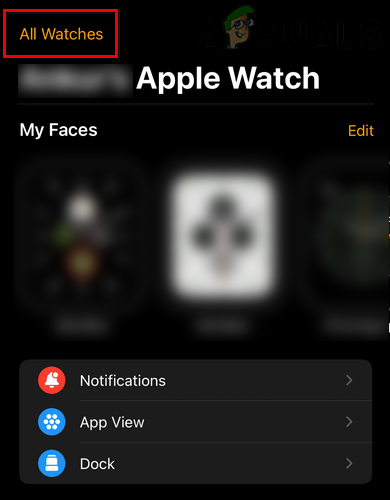
Open All Watches in the iPhone’s Watch App - Find your watch, tap the info button, then tap Unpair Apple Watch.
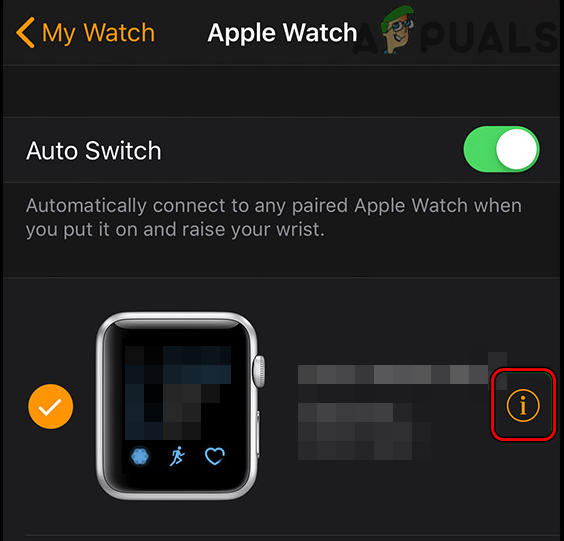
Tap on the Info Icon on Your Apple Watch - Confirm unpairing. For cellular models, choose whether to keep or remove the plan.
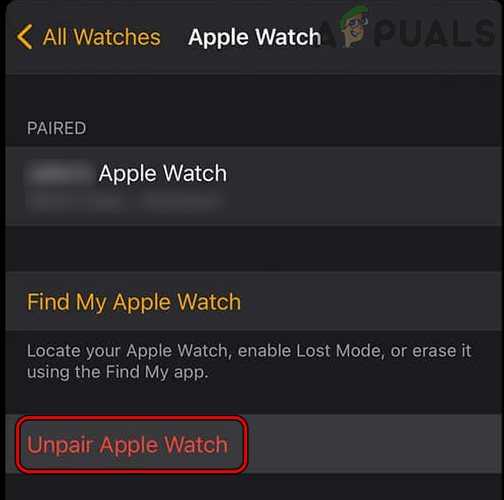
Unpair Apple Watch Through the iPhone’s Watch App - Enter your Apple credentials if prompted and follow on-screen steps.
- Restart both the iPhone and Apple Watch.
- After restarting, re-pair the devices and check if Screen Time works correctly.
19. Reset Devices to Factory Defaults
If none of the previous steps helped, the device’s operating system might be severely corrupted. As a last resort, a factory reset can restore proper operation. This will erase all data, so make sure to back up your device first.
- Open Settings > General.
- Tap Reset then Erase All Content and Settings.
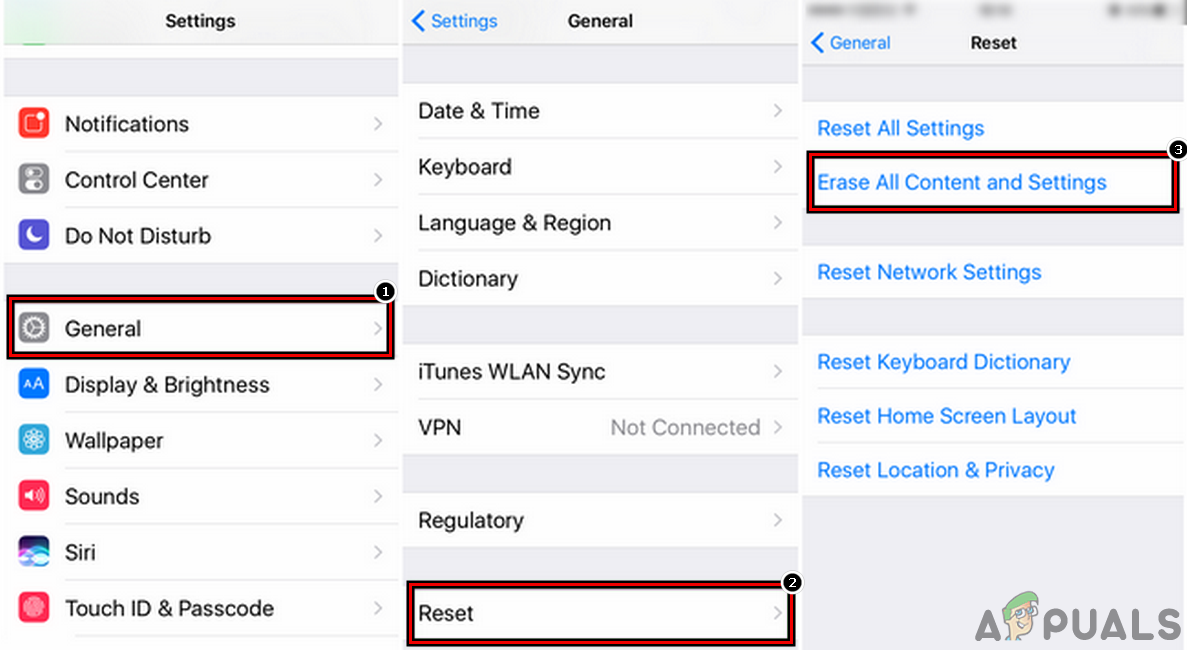
Erase All Content and Settings of iPhone - Confirm your choice by tapping Erase Everything and wait for the process to finish.
- Set up your device as new (recommended) and repeat for other affected devices as needed.
- Check if Screen Time is now working correctly.
If none of the above solutions solve your problem, you may want to contact Apple Support or consider using a different screen time management app.





